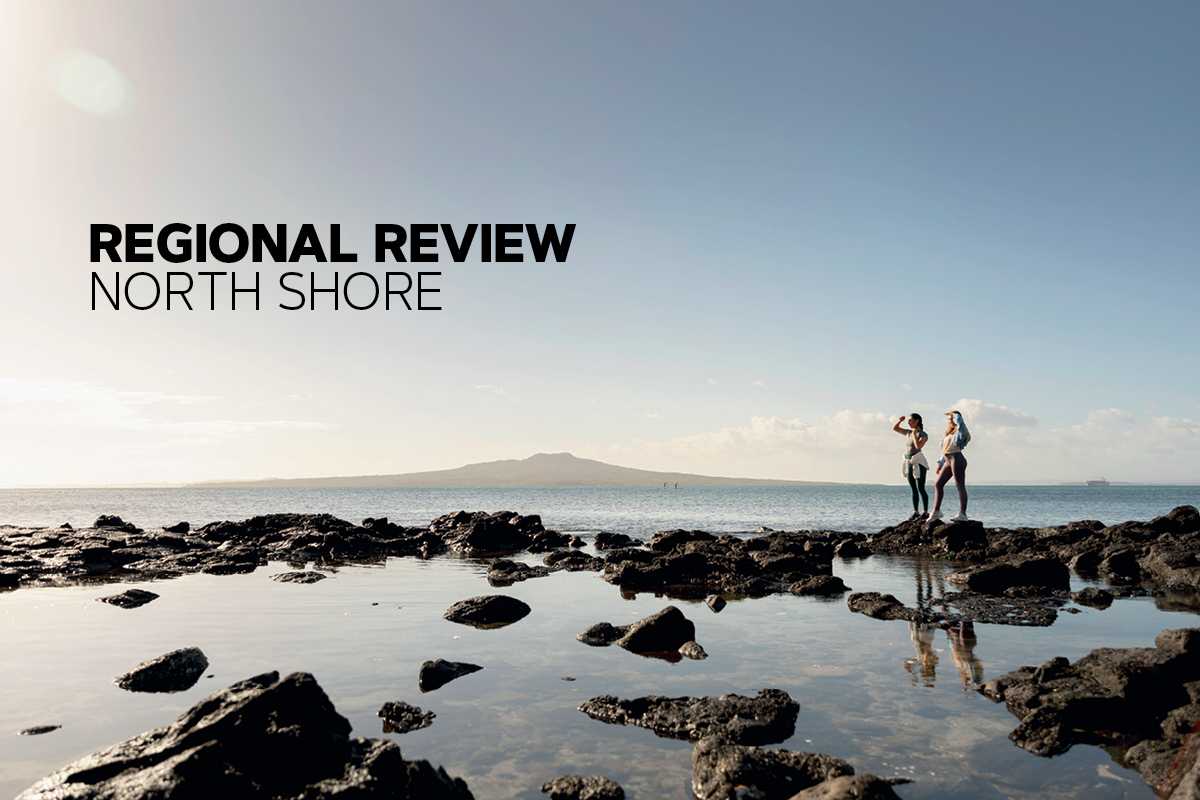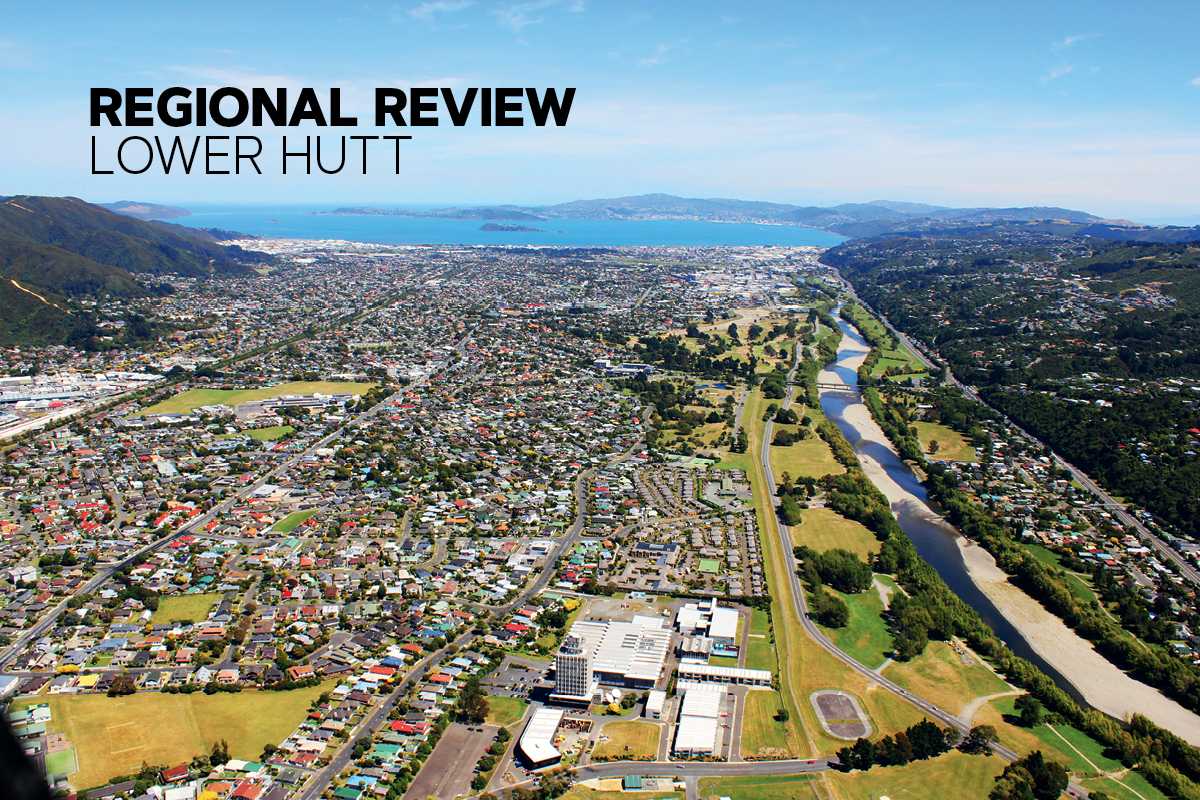
Corelogic Whangarei
Kelvin Davidson, Chief Property Economist, Corelogic
1 July 2021
The Data
Rental data is sourced from the Ministry of Business, Innovation and Employment based on rental bonds lodged. This data is supplied to us grouped into geographic areas based on statistical area units used by Statistics NZ for the census and as a result do not always match well with common usage suburb names. The rental data for each area is matched to property price information from our database to determine property prices and therefore yield. The yield is calculated as the annualised rental income divided by the median property value calculated using our E-Valuer.
Market Composition
Whangārei’s rental market is dominated by houses, as tends to be the case in most parts of the country. Of the 408 properties recently on the rental market, 341 (84%) have been houses, with 44 flats (11%) and 23 apartments (6%).
The largest sub-market for rental houses lately has been Kamo/Tikipunga/ Kensington (110), with Ngunguru/Onerahi/ Whangārei Heads/Waipū next (87), followed by Morningside/Raumanga/ Maunu (60). The concentration of houses amongst recent properties available for rent in Whangārei, Ngunguru/Onerahi/ Whangārei Heads/Waipū has been 100%, as has North West Rural. By contrast, the figure for Whangārei Central/Otangarei has been lower, at 59%.
The most flats have been available for rent in Whangārei Central/Otangarei (24), while it has also had the highest concentration for that property type (26%). The only apartments have been in Whangārei Central/Otangarei (14) and Kamo/Tikipunga/Kensington.

House Size, By Bedroom Count
Looking specifically at houses (341 properties), 56% recently on the rental market across Whangārei have had three bedrooms, with another 18% in the four-bedroom bracket and 24% with two bedrooms. A small handful have had one bedroom (all in Ngunguru/ Onerahi/Whangārei Heads/Waipū) and none with five bedrooms. It’s common across the country for rental houses to be towards the smaller end of the spectrum (especially three bedrooms), rather than being larger five-bedroom stock.
The most three-bedroom properties have been in Kamo/Tikipunga/ Kensington (67), followed by Ngunguru/ Onerahi/Whangārei Heads/Waipū (44). By concentration, three-bedroom properties are about 60% of the house market in Morningside/Raumanga/ Maunu, Kamo/Tikipunga/Kensington, and North West Rural.
The most four-bedroom houses have been in Kamo/Tikipunga/Kensington (23), while Whangārei Central/Otangarei has many two-bedroom houses (22). It has also had the highest concentration (40%) of two-bedroom properties amongst houses recently up for rent.

Rent And Yield
By matching average value to rent we can look at gross yield for threebedroom houses in each area. Median weekly rents for three-bedroom houses across Whangārei range from $460 in Morningside/Raumanga/Maunu and North West Rural, up to $522 in Ngunguru/Onerahi/Whangārei Heads/ Waipū. There is quite wide variation amongst median property values for these properties, ranging from $504,850 in Morningside/Raumanga/Maunu up to $720,000 in Ngunguru/Onerahi/ Whangārei Heads/Waipū.
In turn, that means yields also differ a bit, with the highest of 4.7% in Morningside/Raumanga/Maunu (and 4.6% in Whangārei Central/Otangarei), down to 3.6% in North West Rural, and also less than 4% in Ngunguru/Onerahi/ Whangārei Heads/Waipū. It’s relatively common now for many parts of the country to have rental yields below 4%.
At least rental growth for threebedroom houses has recently been pretty strong across Whangārei, ranging from about 7% in North West Rural and Whangārei Central/Otangarei, right up to 13.5% in Ngunguru/Onerahi/Whangārei Heads/Waipū.



